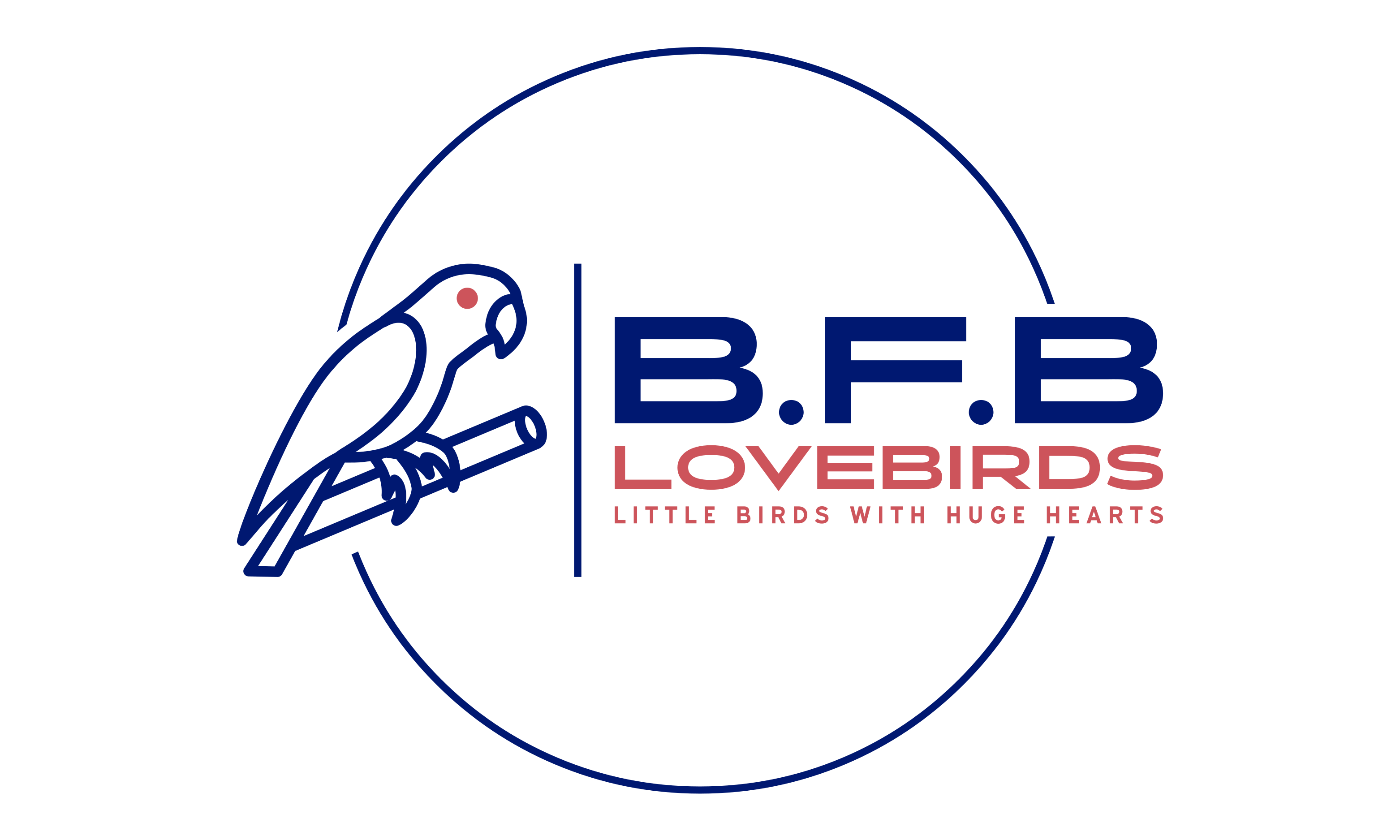Agapornis fischeri is currently one of the most popular of the love birds species kept in aviculture. Many colour mutations already exist within the spacious and the fact that these birds are easy to bread in aviculture definitely contributes to their popularity. Fischeri lives in small groups of 10 – 20 birds mainly in the North Central Tanzania just South of Lake Victoria not from far from the habitat of Agapornis Personatus. In 1987 fisheri was the most popular bird exported from Tanzania in fact close to 80% of all birds exported out of Tanzania were fischeri. Fortunately, this export has stopped but it will still take quite some time for the population to recover. They breed between January and April but there have also been reports of nests between June and July. Most nest are found in hollows and crevices in dead trees and dead branches between 2 to 15 metres high. Fischeri is about 15 centimetres tall. Its mask on the crown is orange red, becoming slightly lighter underneath the beak. The mask on the back of the head merges into an olive greenish bronze. The beak is red. Surrounding the brown eyes there is typical white eye ring. The overall body colour is green, the mantle and wings coverts a shade darker than the rest of the body, the wing bends are yellow. The tail feathers are mainly green with a blue end. The secondary tail feathers have an orange red design in the middle. This design is partially surrounded by a black zone. The ramp is violet. The feet are grey and the nails are dark grey.
The birds usually breed without any problems. Nest of five sometimes even six young are not uncommon. The incubation period is between 23 and 25 days

